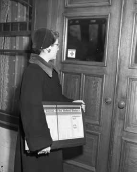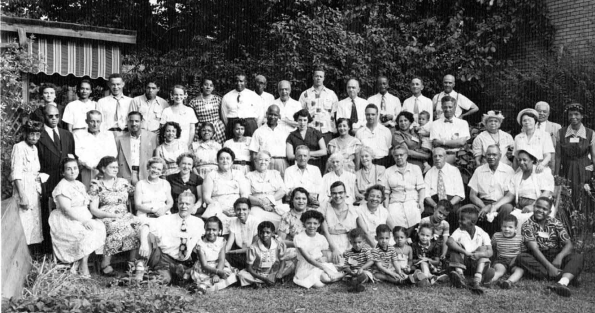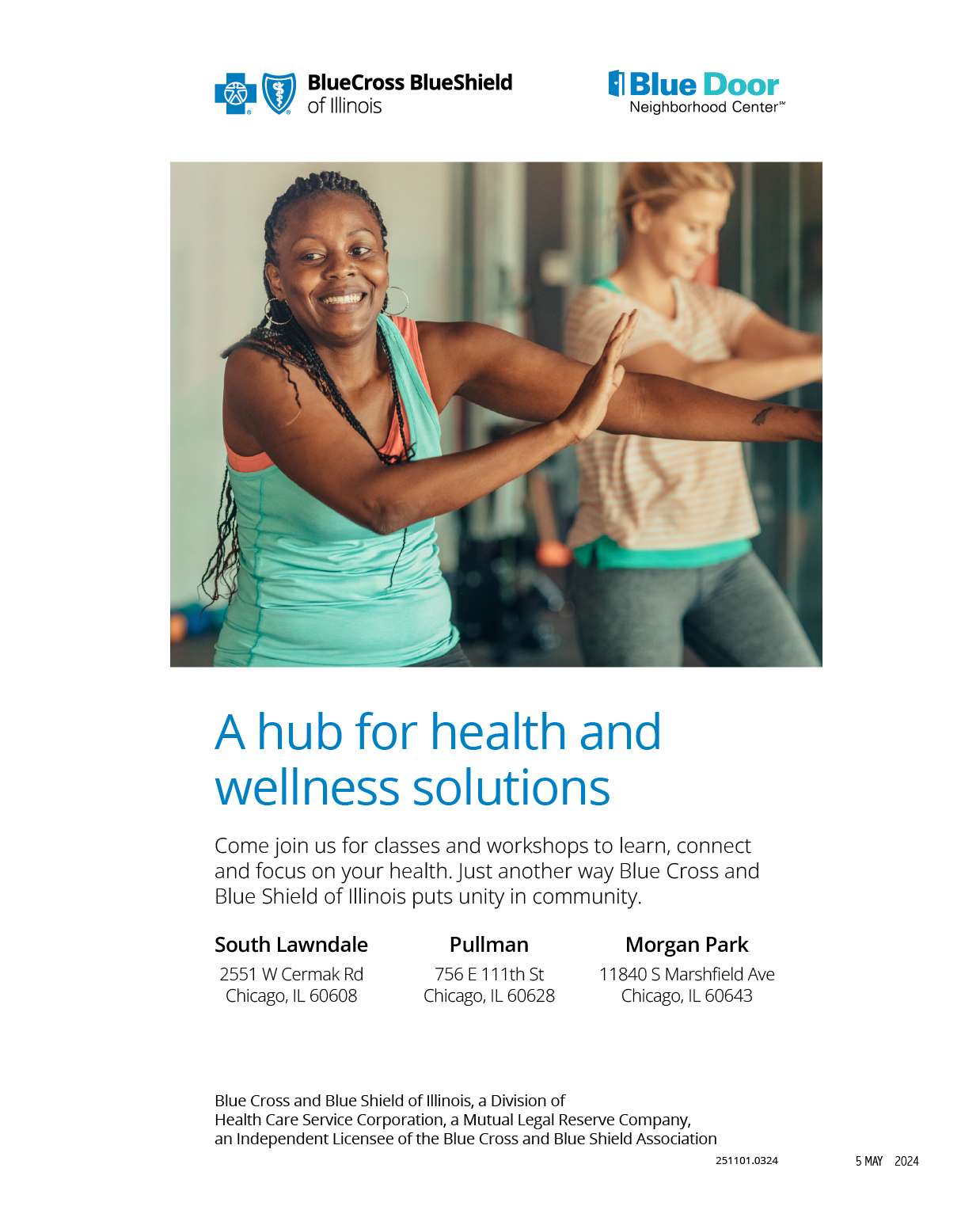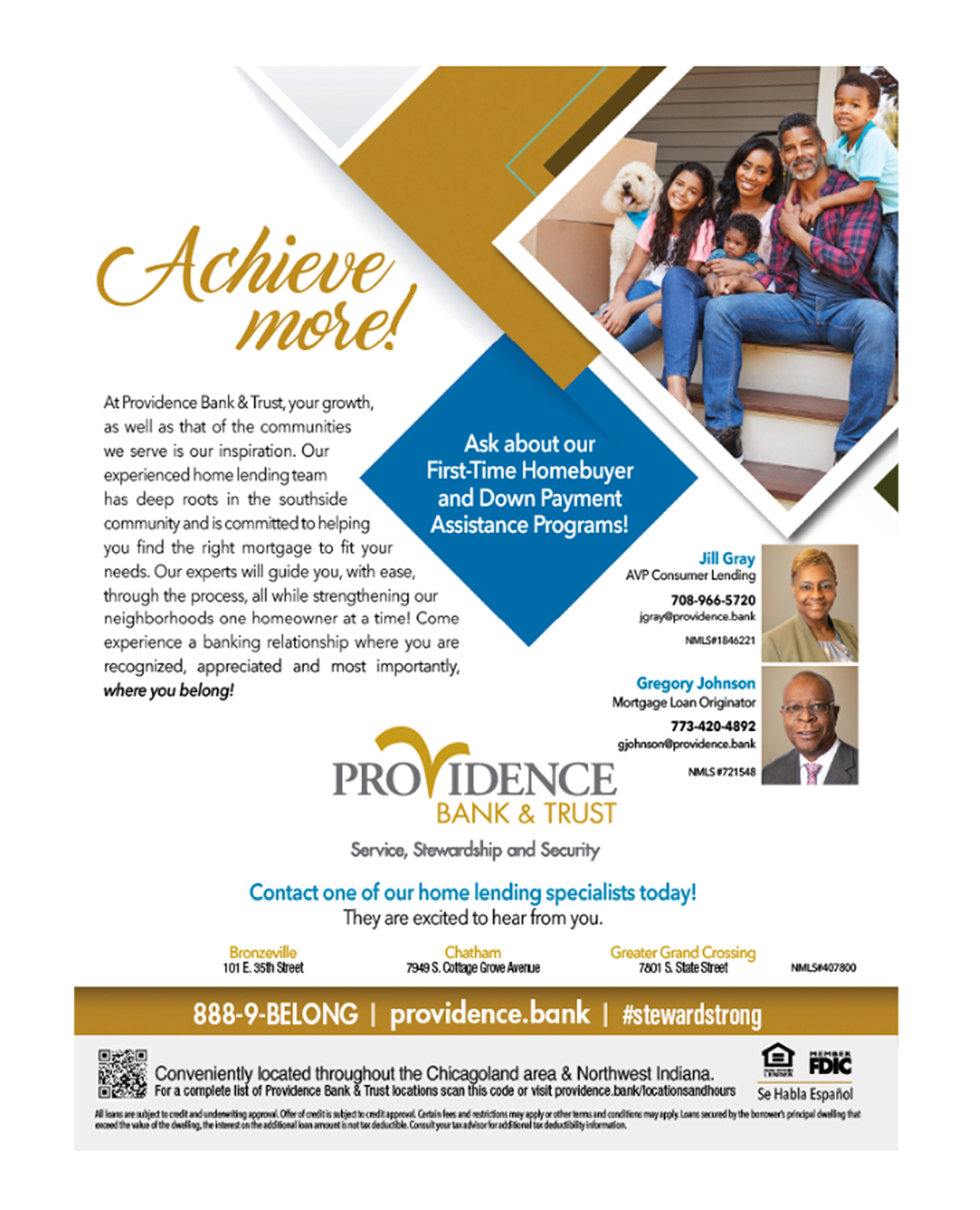Today, April 1st, the 1950 census will be released to the public for the first time. Genealogists are very excited about this release. Census records are one of the most popular records genealogists use for identifying ancestors.
Census records are gold mines for genealogists. They list families together: mothers, fathers, children, and some-times extended family members like aunts, uncles, cous-ins and grandparents if they lived in the same household. Census records include names of everyone in the house, their ages, race, sex, occupation, industry worked in, ad-dress, and sometimes more.
The other reason genealogists are so excited about the 1950 Census is that census records are only released ev-ery ten years. Prior to today genealogists could only look at the 1940 census and all the others ten years apart. You cannot look at private information on the 1960, 1970 or later census records because there is a 72 year restriction to protect people’s privacy. Otherwise, people would not talk to census takers when they knocked on the door.
In spite of the great family information on census records, they were not taken for genealogy or even for tax purposes. The census is taken every ten years to determine how many people are elected to the House of Representatives for each state. There are two senators for each state but the House of Representatives is based on population-hence they conduct a census.
Why the Census is important to African Americans
We stand on our ancestor’s shoulders. If it wasn’t for their hard work, sacrifice and productivity we would not be here today. We owe it to our ancestors to find out who they were, where they lived, and what contributions they made. We do this by researching their lives-doing genealogy. We not only need to know for ourselves, but also to pass along a legacy to our children, unborn descendants and to restore our history. Census records are a primary source for ge-nealogy research and knowing who your ancestors were.
The first baby boomers were born in 1946, right after World War II. These first Baby Boomers will be on the 1950 census. That would likely be you, your parents or grandparents, depending on your age.
1950 is also in the middle of the Great Migration. Some families had recently migrated to Chicago and other northern and western cities. Others were still in the south and had not come north yet. Do you know where your family was in 1950? If not, the 1950 census could answer that question. Some fathers migrated before their family, searching for work first. Many lived with other relatives who preceded them. So the 1950 census could identify ad-ditional family members.
Prior to 1950 Black women were recruited to program the first computers for the government agency that preceded NASA. Dorothy Vaughan was promoted to supervisor of
legacy to our children, unborn descendants and to restore our history. Census records are a primary source for ge-nealogy research and knowing who your ancestors were.
The first baby boomers were born in 1946, right after World War II. These first Baby Boomers will be on the 1950 census. That would likely be you, your parents or grandparents, depending on your age.
1950 is also in the middle of the Great Migration. Some families had recently migrated to Chicago and other northern and western cities. Others were still in the south and had not come north yet. Do you know where your family was in 1950?
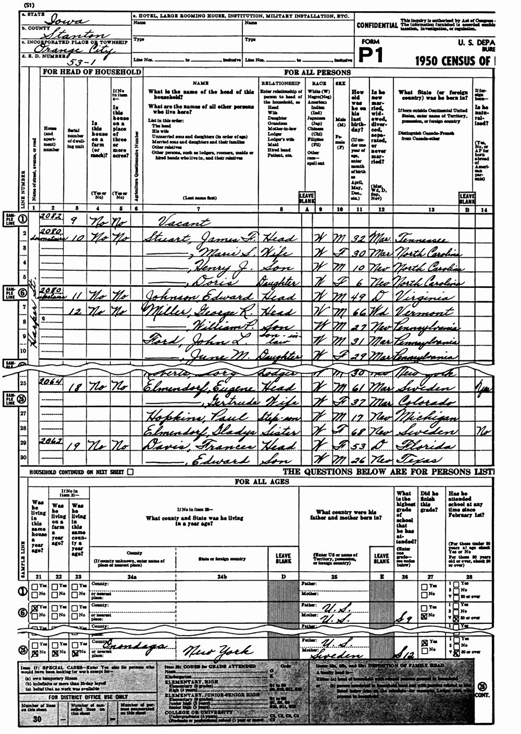
I have heard people say, “They didn’t keep records on Blacks” and, “Blacks were skipped in the census and undercounted.” I have over 1,600 relatives and associates in my database and I can count on one hand the ones I could not find on the census.
Release
When the 1950 Census is released it will be online for free. It will initially be available on the National Archives (NARA) website (https://www.archives.gov/research/census/1950). Thereafter, several genealogical websites will provide access including: www.Ancestry.com, www. FamilySearch.org, www.MyHeritage.com and www.Find-MyPast.com.
The 1950 Census will include 150 million names on 6.5 million digital images. However, there will be no index when it is released. Researchers will have to search by ad-dress, the way the census was taken.
NARA is using Amazon Web Services’ artificial intelli-gence / optical character recognition (AI/OCR) to create an initial rudimentary index. Because the initial name in-dex is built on optical character recognition (OCR) tech-nology, it will not be 100-percent accurate. The National Archives is asking volunteers to help in submitting name updates to the index using a transcription tool on their website. So, humans will review and refine the index and help ensure that everyone included in the census can be found. Once that index is released, researchers can add corrections if they see errors in their ancestor’s names.
Family Search and Ancestry.com are also using volunteers to correct index errors. It took 163,000 volunteers four months to index the 1940 census but there are 70 million more people on the 1950 census. Ancestry estimates their complete index will be finished during the summer but both Ancestry and Family Search will release state indexes once they are complete.
Finding ancestors without the index
Once you have a 1950 address for your relatives you can narrow your search on the census by identifying the Enumeration District that address is located in. Do this by going to:
Steven P. Morse – One Stop – 1950 Census ED Finder <https://stevemorse.org/census/unified.html>.
“Getting Ready For The 1950 Census: Searching With and Without a Name Index”
https://stevemorse.org/census/1950census.htm
There will be an onrush of people logging onto the One-Step site on opening day, slowing everything down. On the opening day of the 1940 census there were over 2 million hits to the One-Step site.
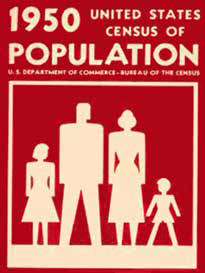
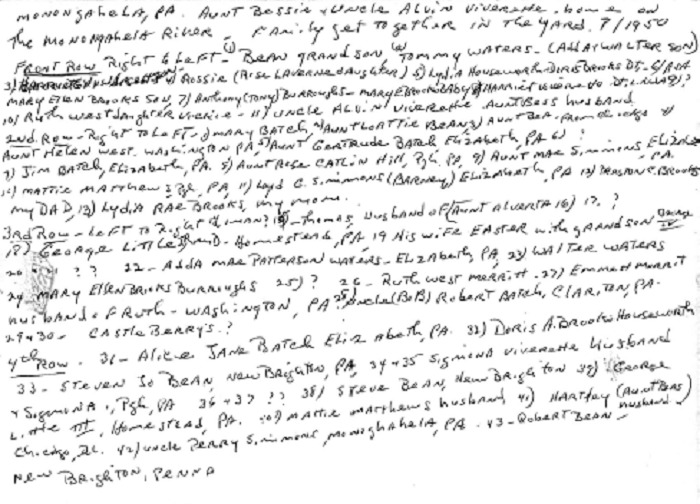
If you do not have an address, and cannot identify an Enumeration District, searching the entire county may take three hours, more for larger cities.
For success in finding your relatives on the 1950 census people should do several things:
1. Talk to your relatives and learn the family history. Ask where they lived in 1950. Record the interview with a camcorder, digital voice recorder, tablet, or cell phone. Just remember, if you use a tablet or cell phone it may require a lot of storage space.
2. Search shoeboxes, albums, dresser drawers, basements and attics for documents that may list addresses like: let-ters, envelopes, obituaries, funeral programs, Veteran’s records, birth certificates and death certificates.
3. Order birth and death certificates (County Building for Cook County events) to get addresses and names of parents and grandparents who might have been living in 1950. For outside Cook County go to:
“Where To Write for Vital Records”
https://www.cdc.gov/nchs/w2w/index.htm
